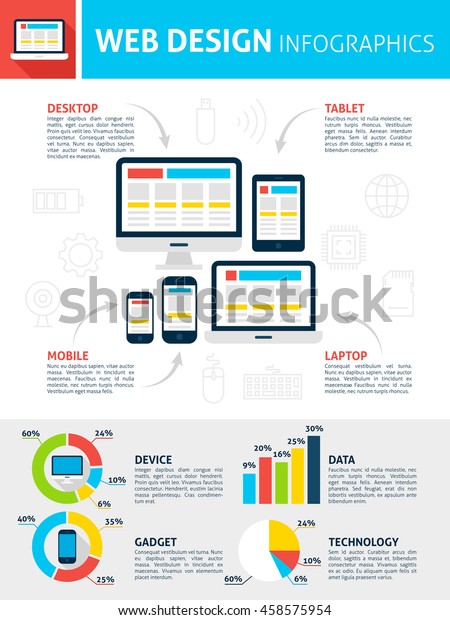Interested In Discovering How Internet Site Design Has Progressed Throughout The Years? Discover The Trip From Uncomplicated Layouts To User-Centered Approaches
Interested In Discovering How Internet Site Design Has Progressed Throughout The Years? Discover The Trip From Uncomplicated Layouts To User-Centered Approaches
Blog Article
Web Content Author-Booker Stender
In the past, web sites were straightforward and concentrated on details. Navigating was direct, and layout was for desktop computers. Now, individual experience is vital. https://www.retailtouchpoints.com/resources/future-proofing-your-digital-marketing-strategy-in-the-era-of-constant-change guides layouts for simple navigation. Responsive formats suit different tools. Today, dark setting reduces strain, and minimalist food selections enhance navigating. Interactive functions involve individuals, and vibrant visuals stand apart. AI integration boosts involvement. See exactly how layout has actually progressed to boost your on the internet journey.
Early Days of Website Design
In the very early days of website design, simpleness reigned supreme. Sites were fundamental, with limited colors, font styles, and formats. The focus was on providing information as opposed to showy visuals. Users accessed the net with slow-moving dial-up connections, so rate and functionality were essential.
Navigating food selections were straightforward, normally situated at the top or side of the web page. Websites were made for desktop computers, as mobile surfing had not been yet prevalent. Content was king, and designers focused on easy readability over complicated style elements.
HTML was the primary coding language used, and developers had to work within its constraints. Computer animations and interactive attributes were minimal compared to today's criteria. Sites were static, with little dynamic content or customized customer experiences.
Increase of User-Focused Layout
With the evolution of internet site style, a change towards user-focused design concepts has actually become significantly prominent. Today, producing internet sites that prioritize user experience is essential for engaging visitors and achieving company objectives. User-focused layout involves comprehending the needs, choices, and habits of your target market to customize the web site's layout, web content, and includes accordingly.
Designers currently perform extensive research study, such as customer studies and use screening, to collect insights and responses directly from users. This data-driven strategy assists in developing user-friendly navigation, clear calls-to-action, and aesthetically appealing user interfaces that reverberate with visitors. By positioning the user at the facility of the design procedure, web sites can provide an extra individualized and delightful experience.
Responsive style has additionally become a crucial aspect of user-focused layout, guaranteeing that websites are enhanced for various devices and display sizes. This flexibility boosts access and functionality, catering to the diverse means customers engage with web sites today. In essence, the rise of user-focused style indicates a change in the direction of producing electronic experiences that prioritize the needs and assumptions of the end customer.
Modern Trends in Website Design
Check out the most recent fads shaping web design today. One popular trend is dark setting style, offering a streamlined and contemporary appearance while decreasing eye stress in low-light settings. Another vital fad is minimalist navigation, streamlining food selections and enhancing individual experience by concentrating on essential elements. Including micro-interactions, such as computer animated switches or scrolling results, can create a more interesting and interactive internet site. Receptive design stays important, guaranteeing seamless customer experiences across different devices. In addition, utilizing vibrant typography and asymmetrical formats can add aesthetic interest and accentuate details content.
Incorporating AI innovation, like chatbots for consumer support or customized suggestions, improves user involvement and enhances processes. Access has also come to be a significant pattern, with designers focusing on comprehensive layout techniques to cater to varied customer requirements. Accepting sustainability by maximizing internet site efficiency for rate and efficiency is another emerging fad in web design. Collaborating with individual feedback and information analytics to iterate and enhance layout continually is essential for remaining relevant in the ever-evolving digital landscape. By accepting these modern fads, you can create a visually enticing, easy to use web site that resonates with your target market.
Conclusion
As you assess the evolution of website layout from the early days to now, you can see how user-focused style has actually become the driving force behind modern-day trends.
Embrace the journey of change and adaptation in website design, constantly maintaining the user experience at the leading edge.
Tippingpointdigital
Keep current with the most up to date patterns and innovations, and never ever quit developing your strategy to develop visually magnificent and easy to use web sites.
Advance, adjust, and develop - the future of web design remains in your hands.
